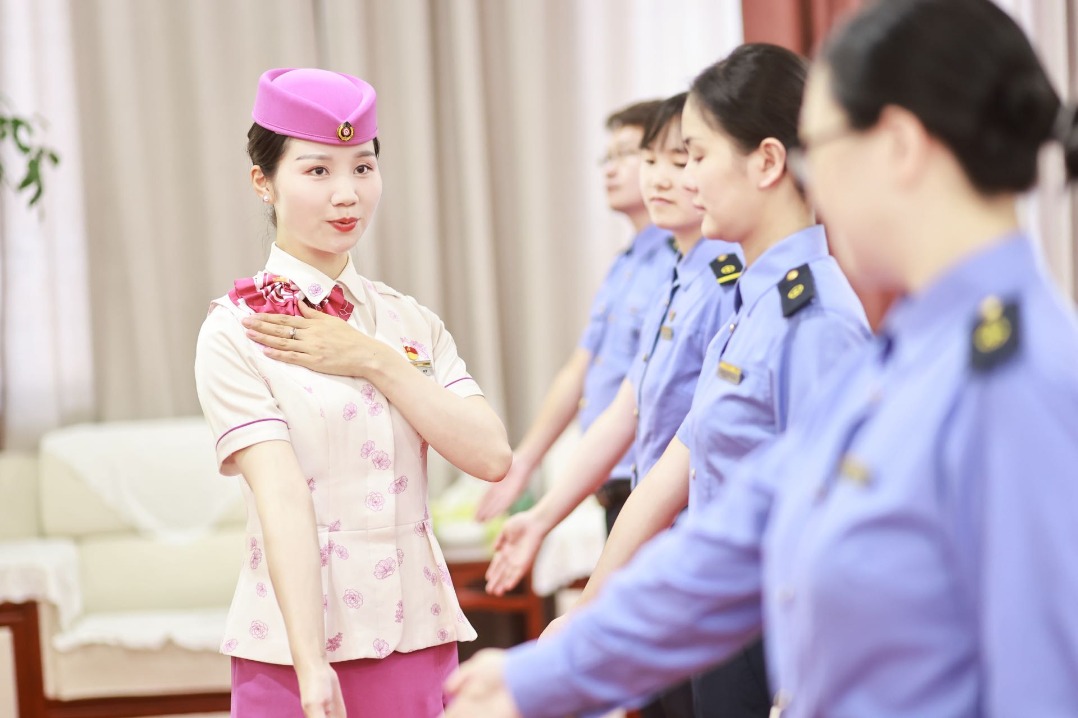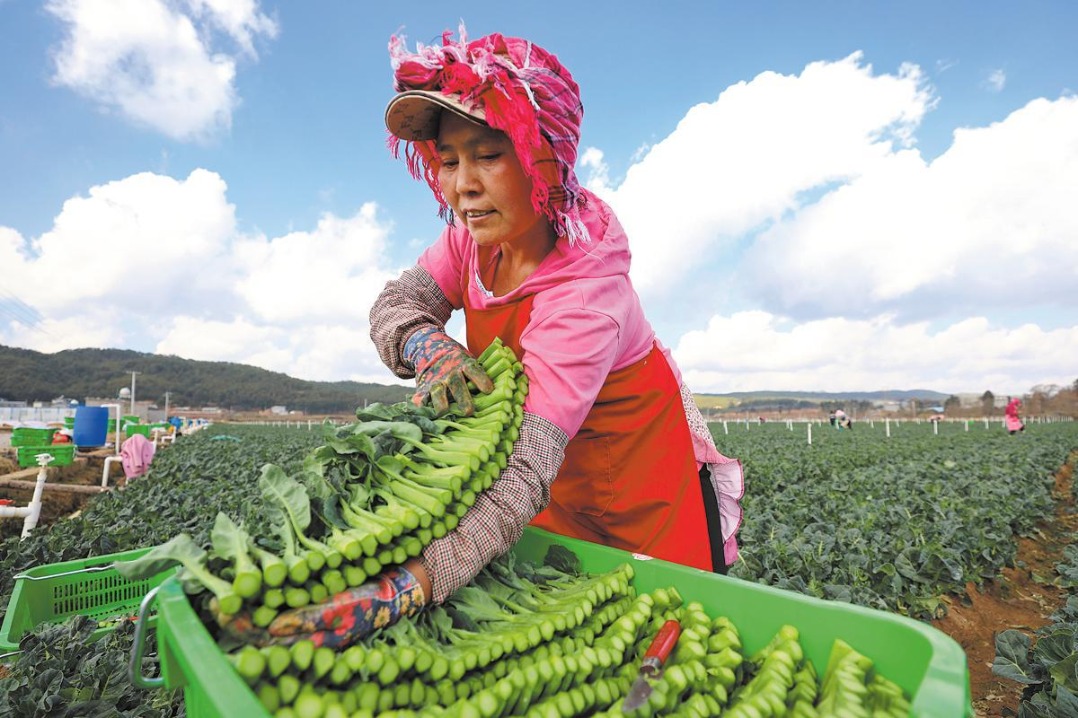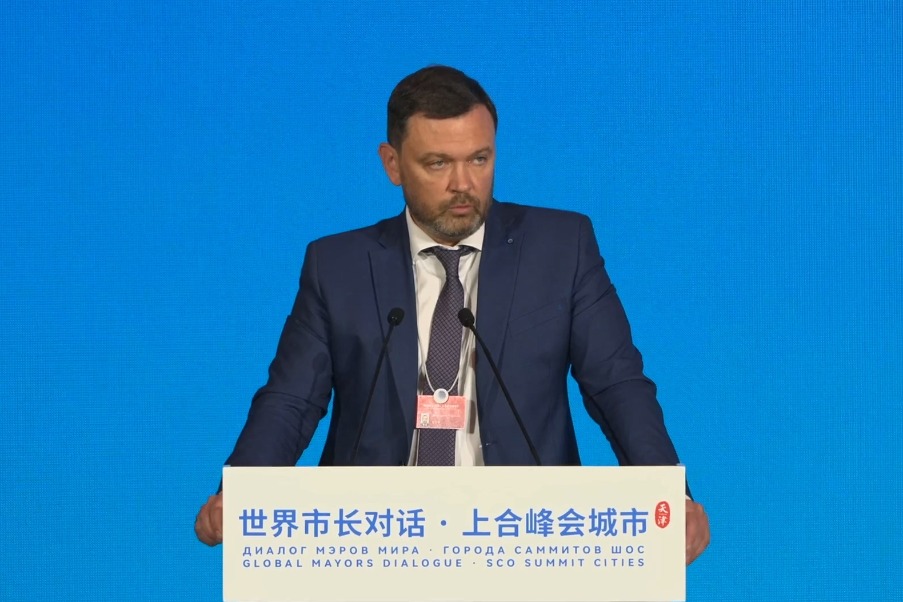Measures to boost care for the elderly

Nursing services among key areas to be improved
China will lower the market access threshold for all nursing home ownerships, improve community facilities for at-home nursing for the elderly and train more nursing professionals for the sector to expand services and provide more employment opportunities.
Experts said foreign and private investors will have new opportunities as the market for elderly care expands to enhance services and boost quality.
The decision, adopted on Wednesday at an executive meeting of the State Council, presided over by Premier Li Keqiang, was to help meet diverse demands of the increasing number of elderly people in the country, according to a statement.
Four measures were approved at the meeting, including encouraging local authorities to use multiple channels to effectively increase nursing services. Public nursing homes will provide free or low-cost services to those who are in economic difficulties or with only one child.
New residential complexes will install elderly nursing facilities and old complexes will be renovated with such amenities. Professional institutions will be supported to run these facilities. Meanwhile, the training for professional elderly nursing workers will be strengthened.
The meeting also decided to strengthen cross-department supervision, with compulsory national standards on service quality and firefighting facilities to be installed.
Over the years, the elderly population has become an increasingly serious problem for China. Last year, the country had 158.31 million people age 60 or older, while people older than 65 accounted for 11.4 percent of the population, according to the National Statistics Bureau. In 2017, the number of people older than 65 in China went up by 5.5 percent.
The peak is estimated to fall around 2050 when China's elderly population is expected to hit 487 million, which will account for more than one-third of the population.
For Dang Junwu, deputy director of the China Research Center on Aging, the meeting specifically targeted major problems that curbed the development of the elderly nursing sector over the years, such as firefighting facilities.
If properly carried out, these new measures can increase the number of legal nursing institutions as well as the number of elderly people living in these institutions, Dang said. In the next step, specific rules should be released on land use, cooperation between hospitals and elderly nursing institutions, and easier medical reimbursement that can help reduce costs for patients, he said.
Dang's viewpoint was echoed by Cao Bingliang, deputy president of the China Silver Industry Association. Cao said China's traditional elderly care is changing in the context of smaller family sizes and an aging population, which demands diverse services such as at-home nursing.
According to a report released by the Chinese Academy of Social Sciences in 2016, the market value for elderly nursing is estimated to be worth 13 trillion yuan ($1.87 trillion) by 2030.
In 2015, the Ministry of Civil Affairs and the National Development and Reform Commission jointly released a guideline to encourage private capital to invest in the elderly nursing market, including at-home nursing, in-community nursing and professional institutions.
The Ministry of Civil Affairs said that the country had 155,000 elderly nursing institutions and facilities last year, up by 10.6 percent year-on-year. The number of beds climbed to 7.44 million, an increase of 2 percent year-on-year.
However, a five-year plan on elderly nursing, released by the State Council in February last year, pointed out problems such as an in-balance in elderly services between rural and urban areas, insufficient supply of such services and a shortage of professionals.
Foreign investment can be introduced under the lower market access threshold that will provide increasing opportunities to tap the potential of the Chinese market, Dang said. So far, there are no leading Chinese brands in this field, and foreign companies can work with local partners, he said.
huyongqi@chinadaily.com.cn

(China Daily 12/04/2018 page6)
- Visa facilitation steps boost number of foreign visitors
- Chongqing workers beat heat with watermelon contest
- Poisoning claims three lives at a copper mine in Shanxi
- China promotes global civilizational exchanges
- Lai Ching-te's 'lectures' full of lies: mainland spokesperson
- China's top political advisor stresses expanding domestic demand





































